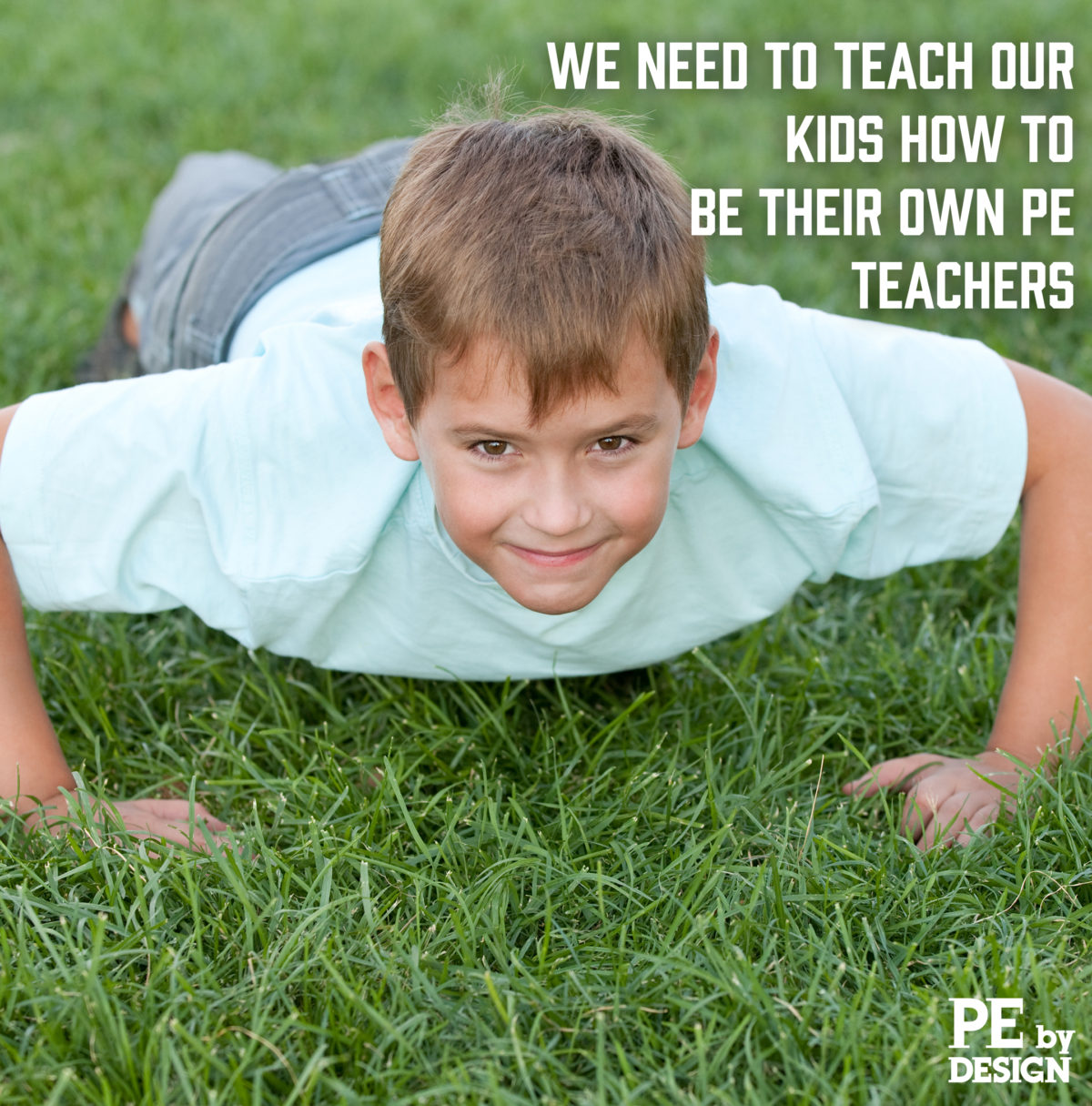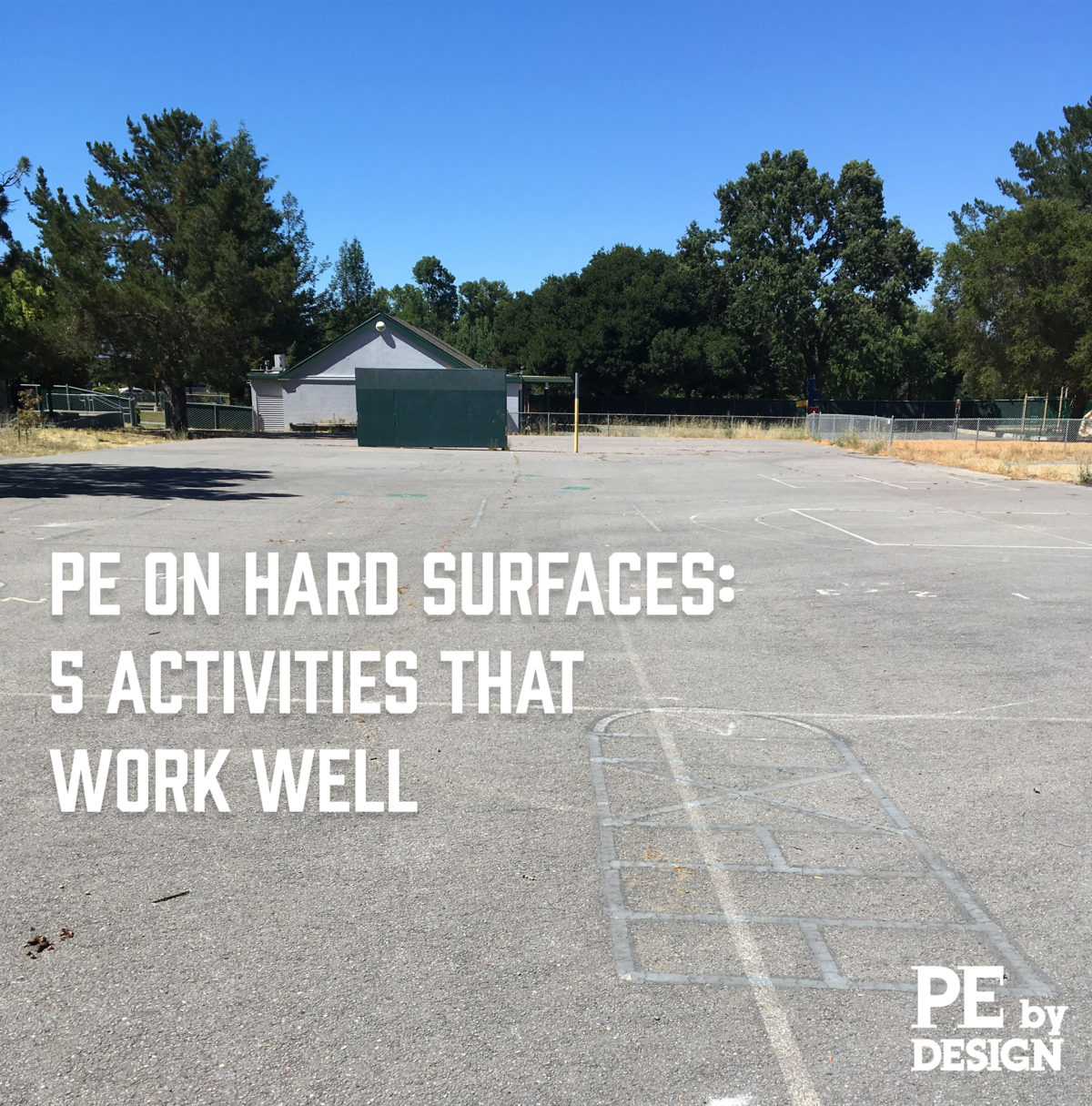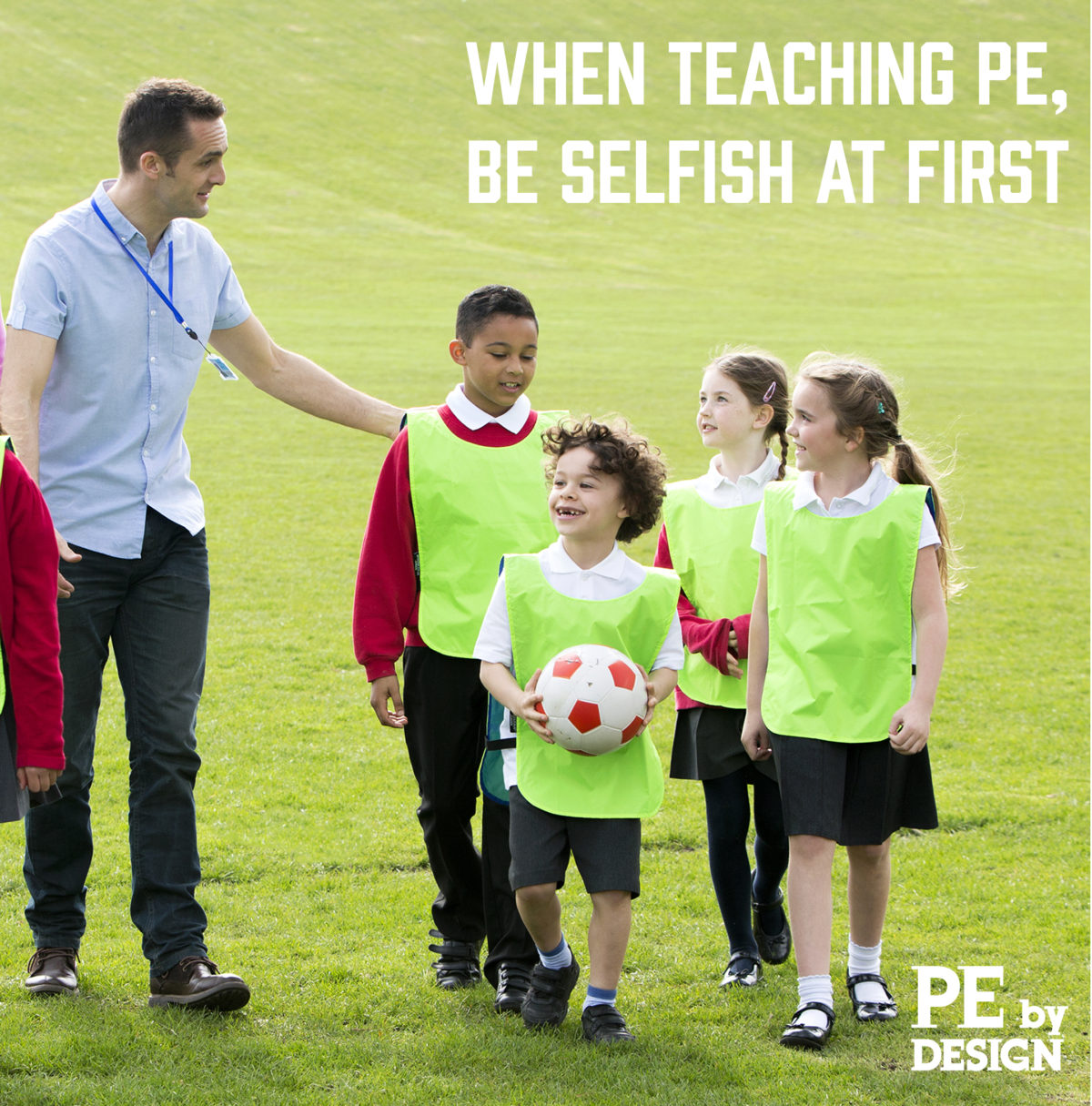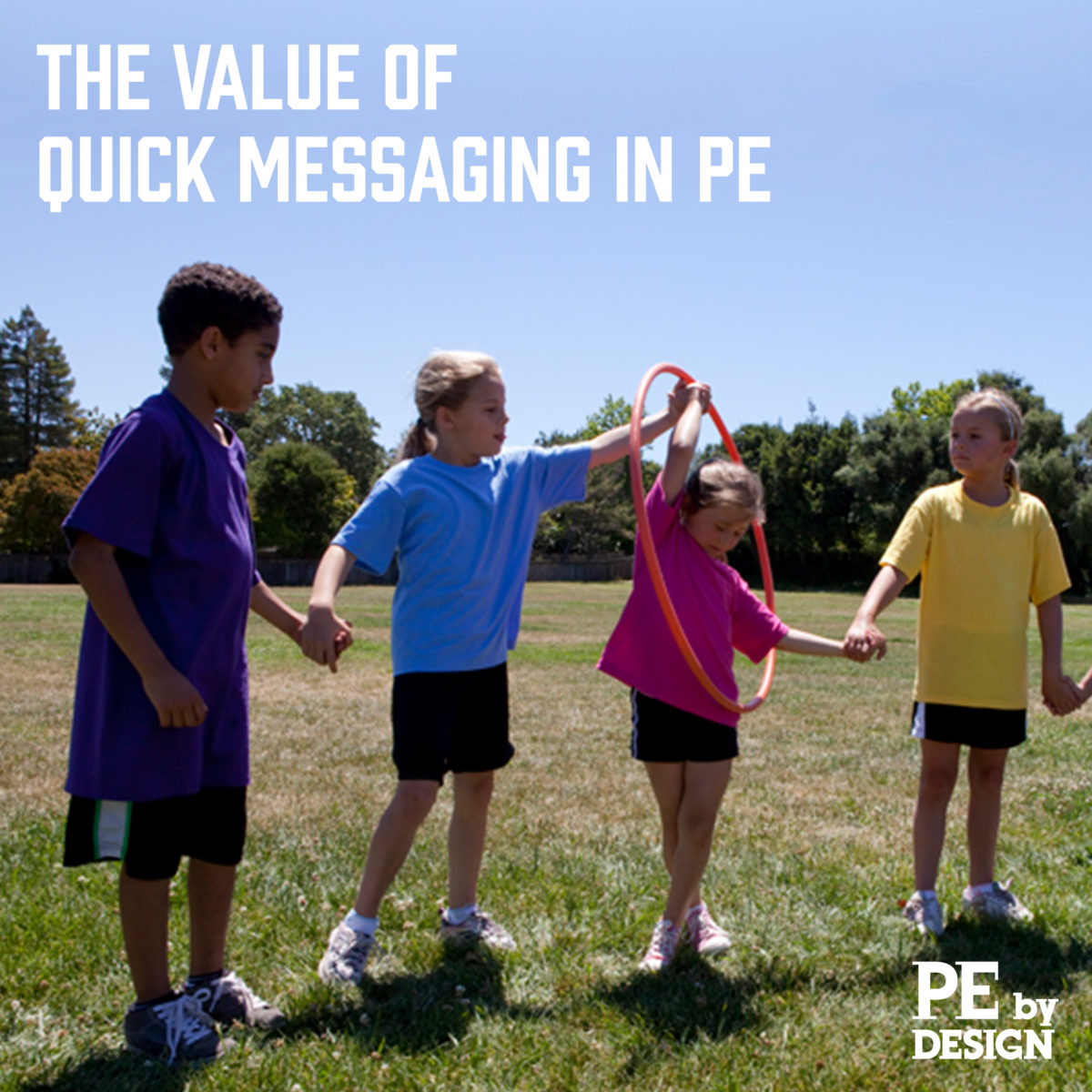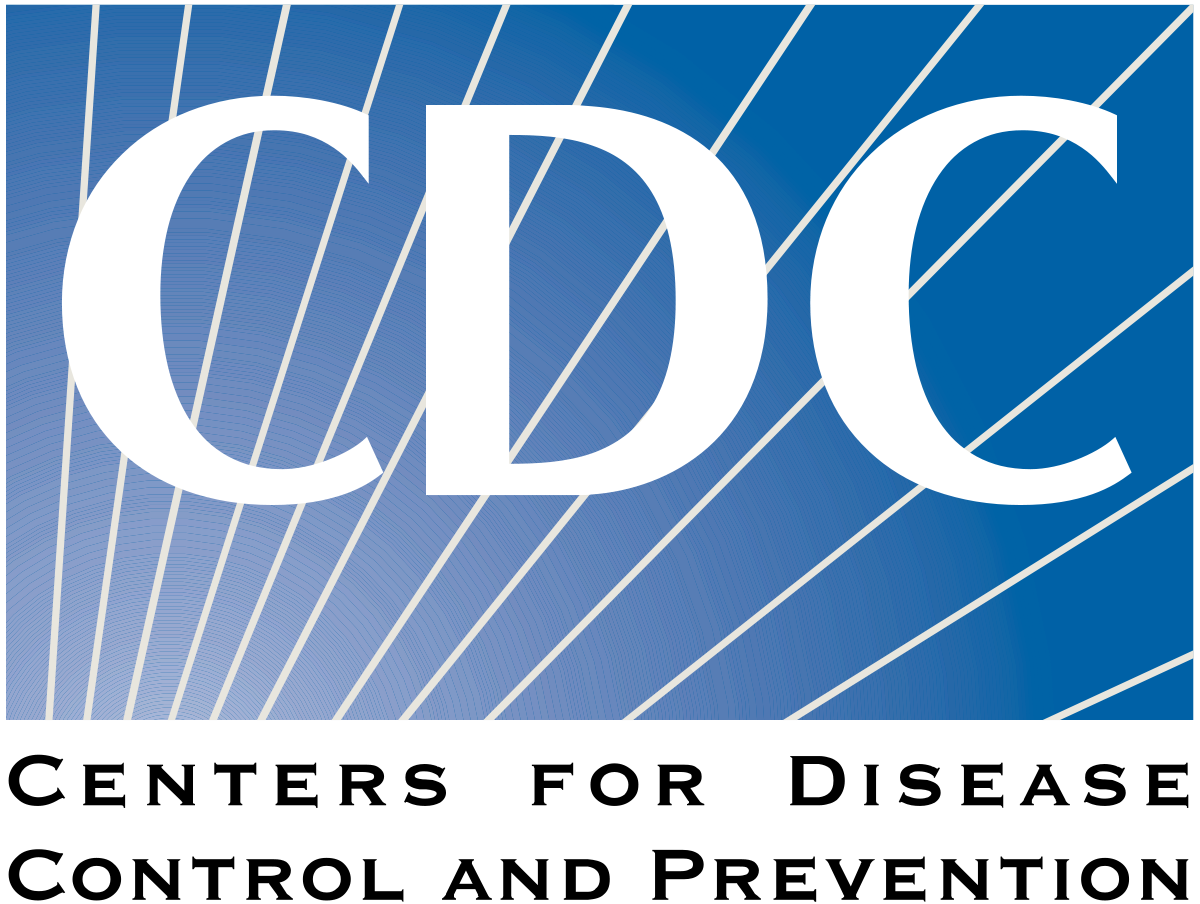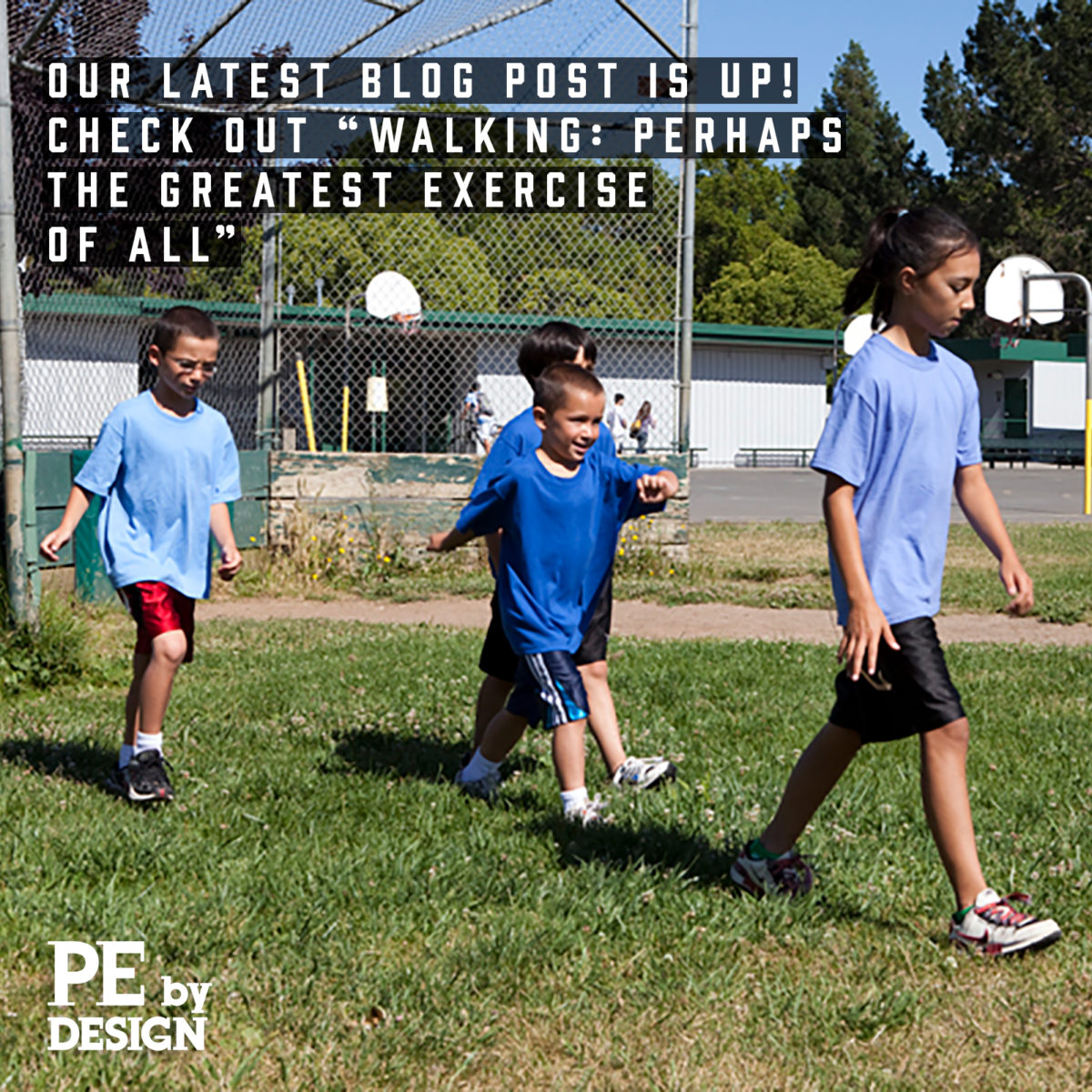In recent months, I’ve started sharing a new message with my students. It goes something like this:
“Boys and girls, you all know that I am your PE teacher right now. It’s my job to teach you how important it is to eat well and exercise. In the coming years, you will certainly have other PE teachers. But eventually, after you finish school and you become an adult, someone else is going to become your PE Teacher. And this person is going to be your PE teacher for the rest of your lives. Who do you think that person is?”
By the end of the statement, most of my older students (4th and 5th grade) realize what my point is. Eventually, you will all become PE teachers for yourselves. Whenever I share this message with my students, it’s amazing how focused they get. They seem to grasp the enormity of the responsibility. One day, they are going to be in charge of taking care of themselves.
As I explain the message further, I say that eventually, there will be no school-based PE teacher to set up fitness activities for them. It’s going to be up to them to choose to get involved in exercise. It’s also going to be up to them—not their parents—to choose healthy foods to eat. I also say that the simplest PE messages I give them are the most important: Try to get 60 minutes of physical activity each day; pick fitness activities that you enjoy; eat healthy foods, and avoid soft drinks.
I think the concept of personal responsibility for health and fitness is an important one for classroom teachers to share with their students. It makes an excellent starting point for a class discussion on ways that your students can be great PE teachers for themselves one day.

